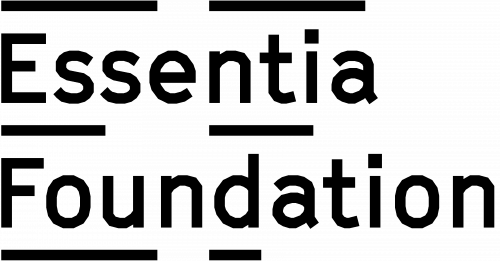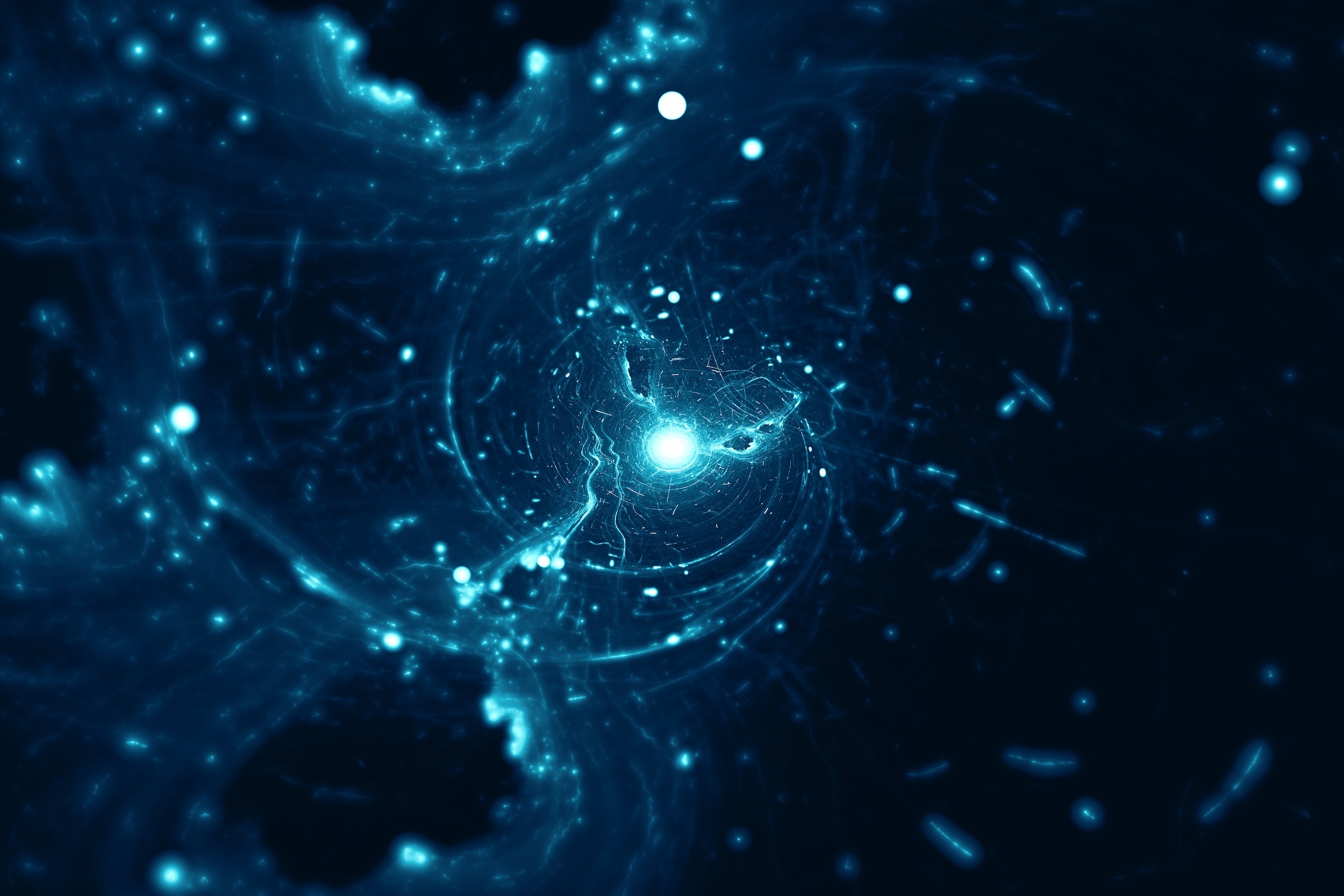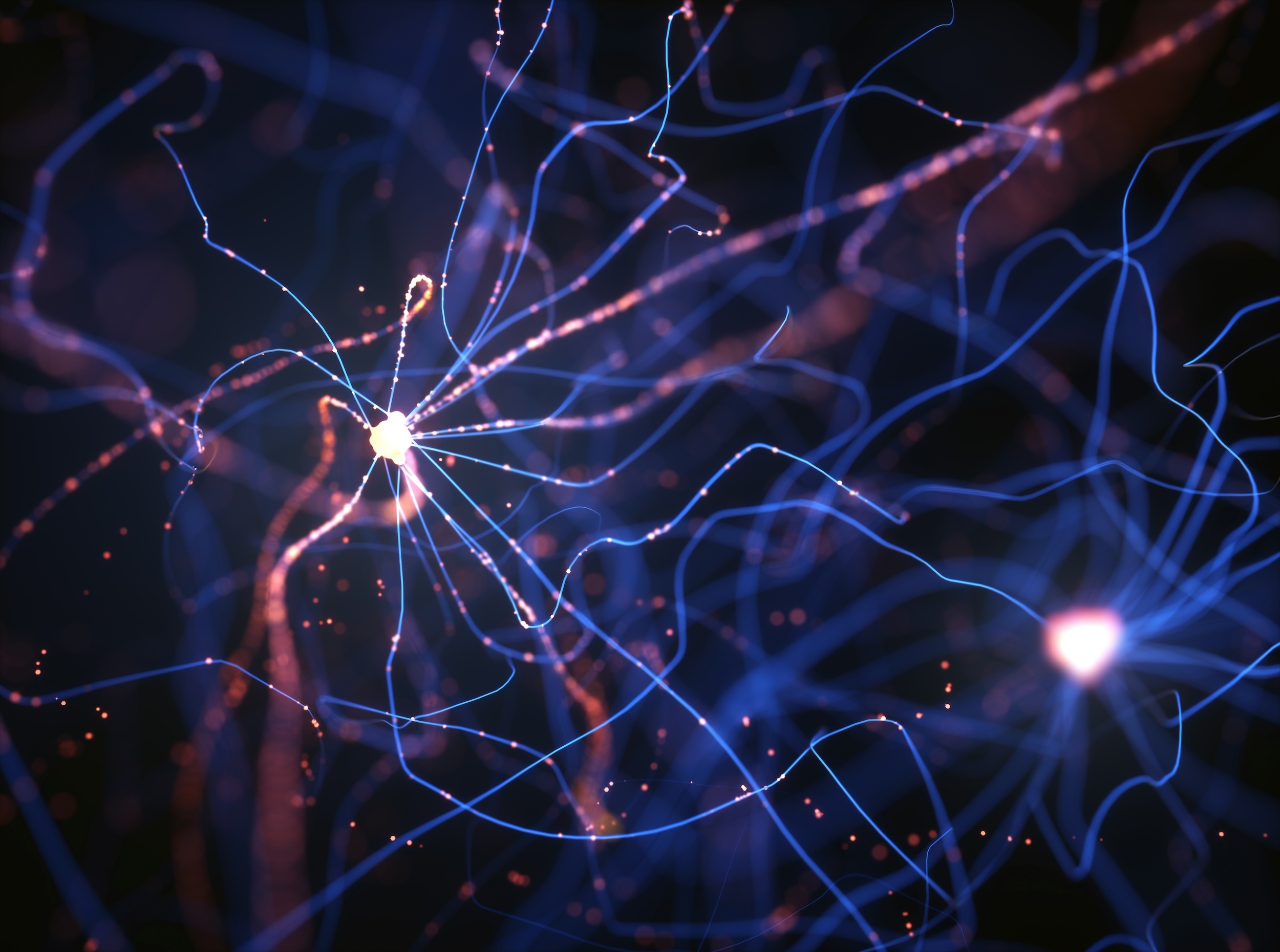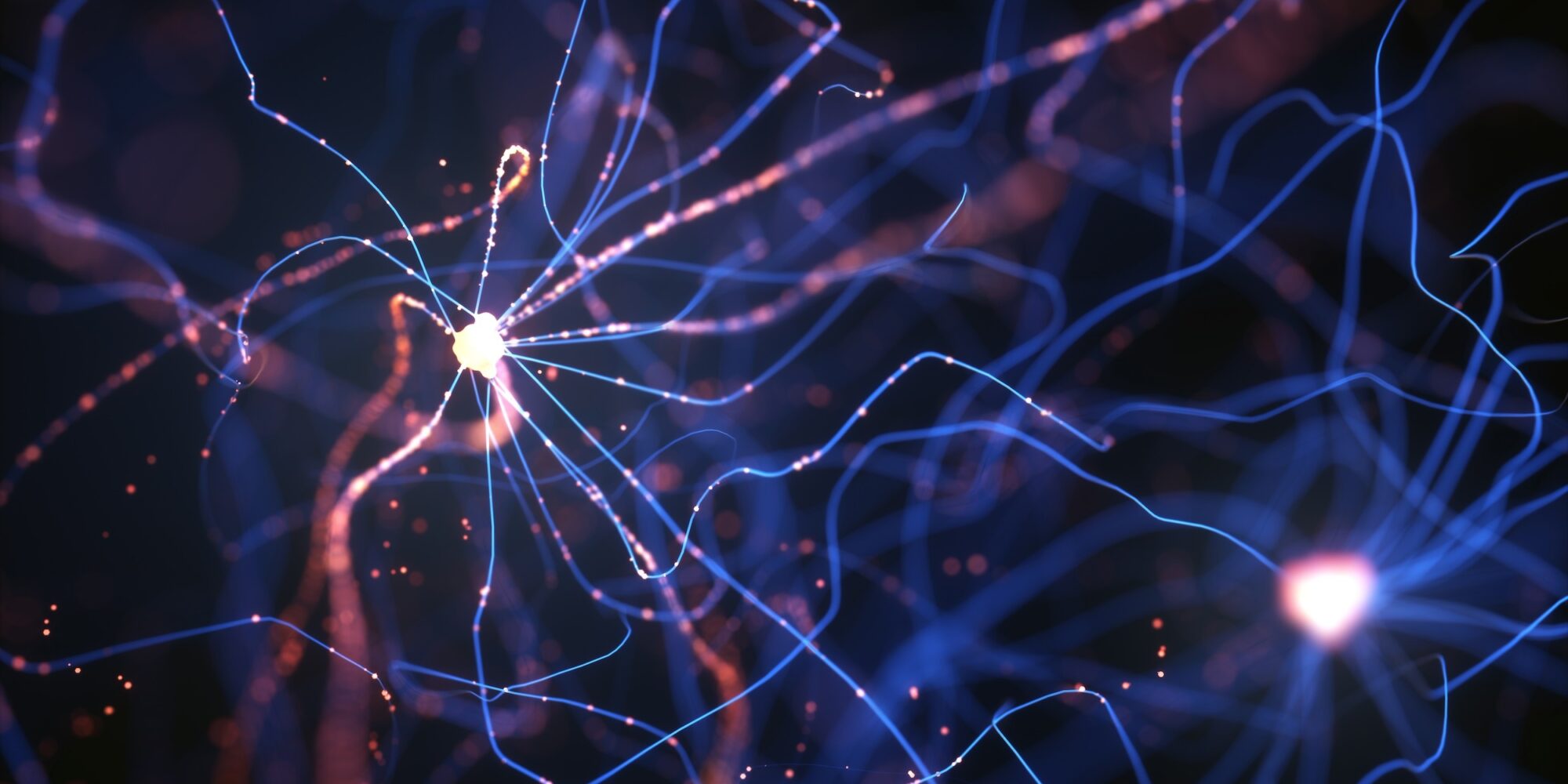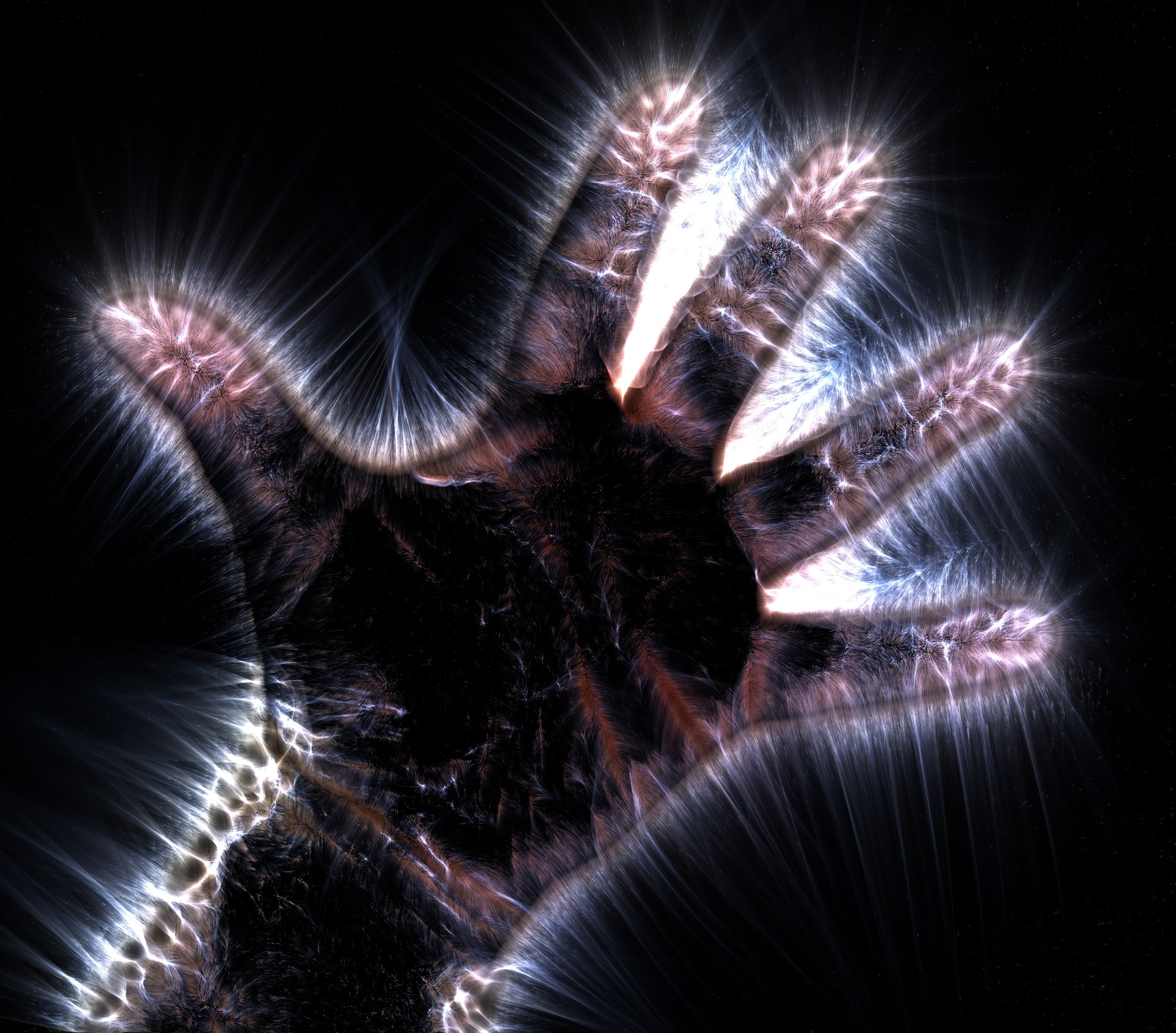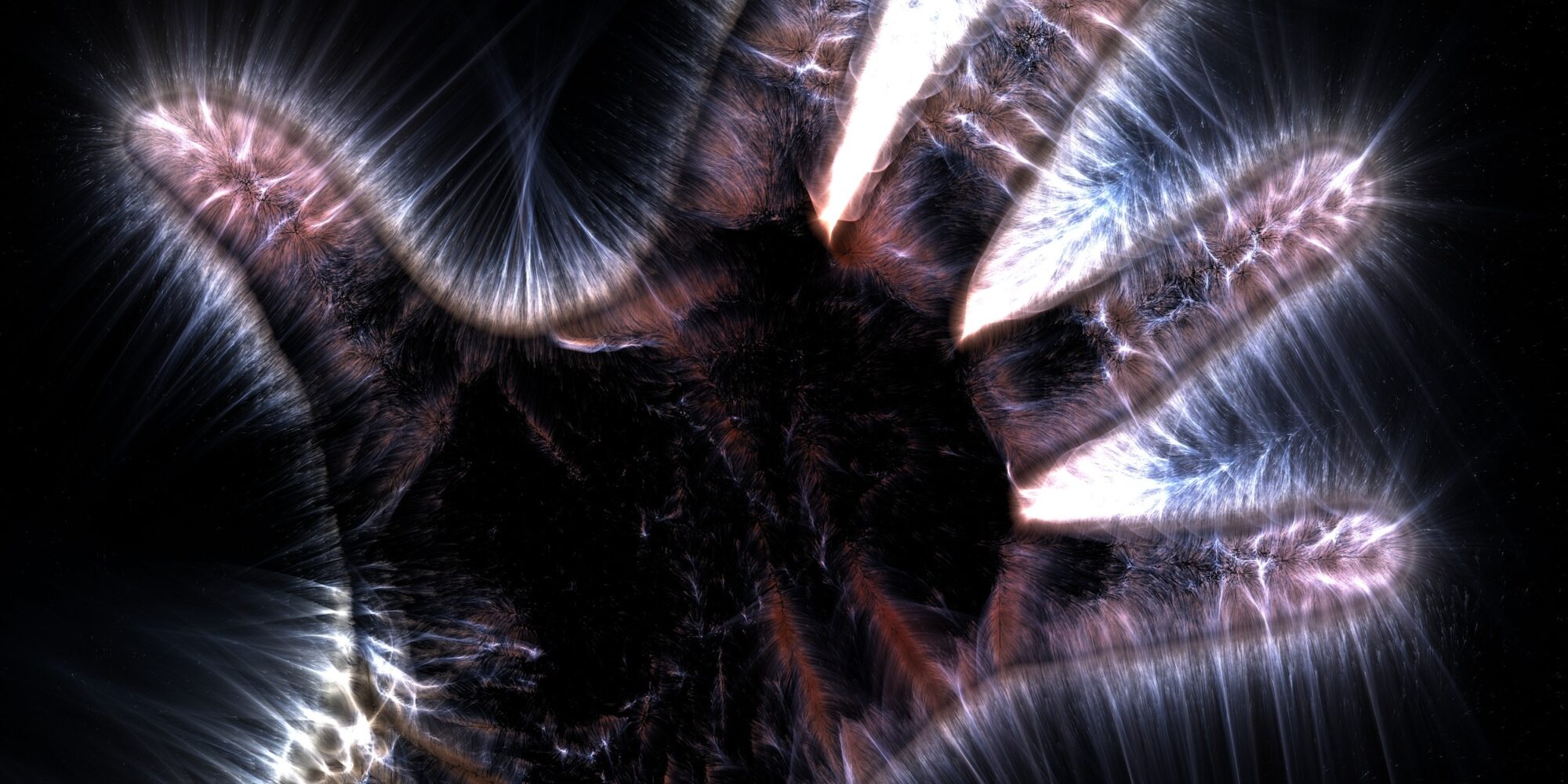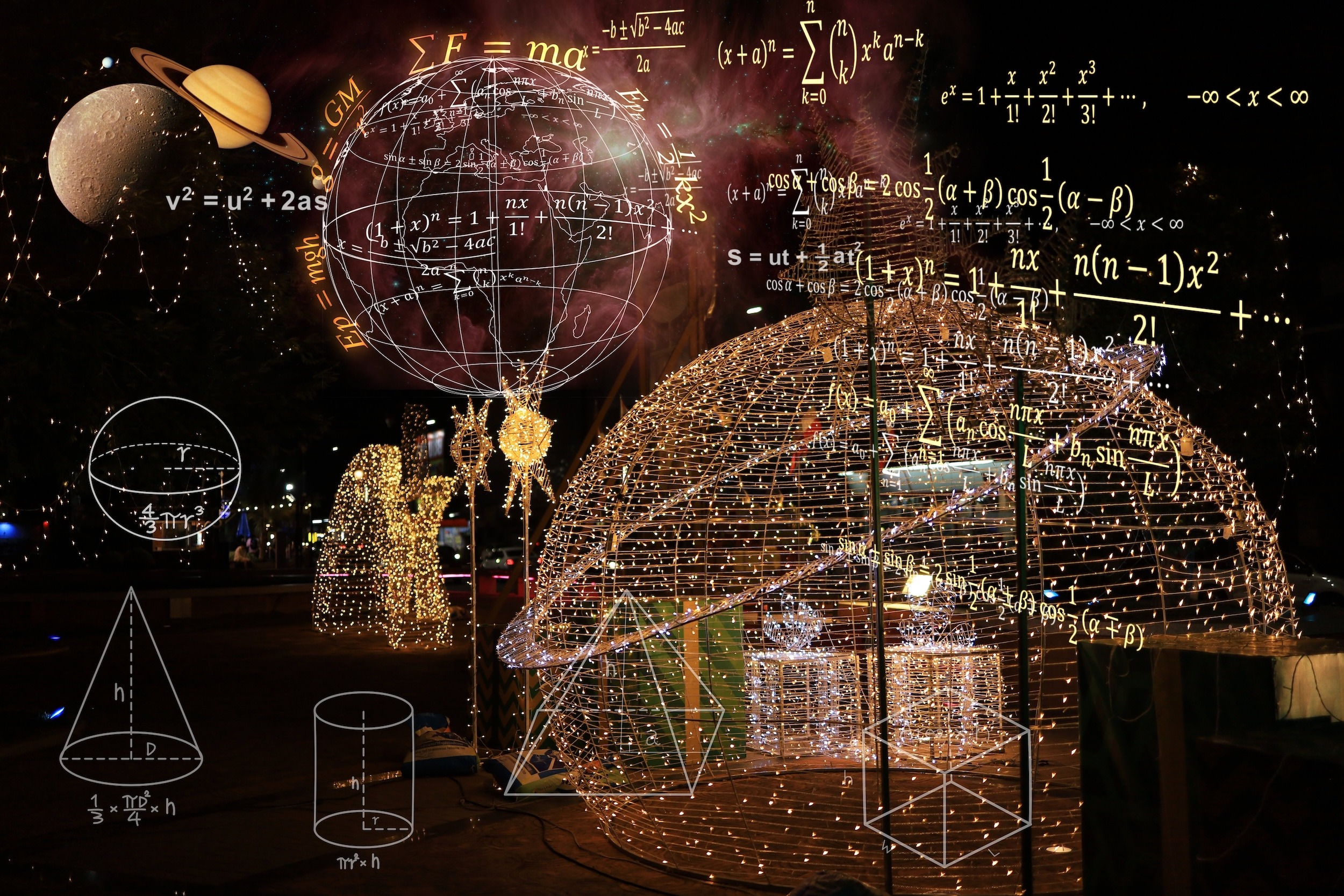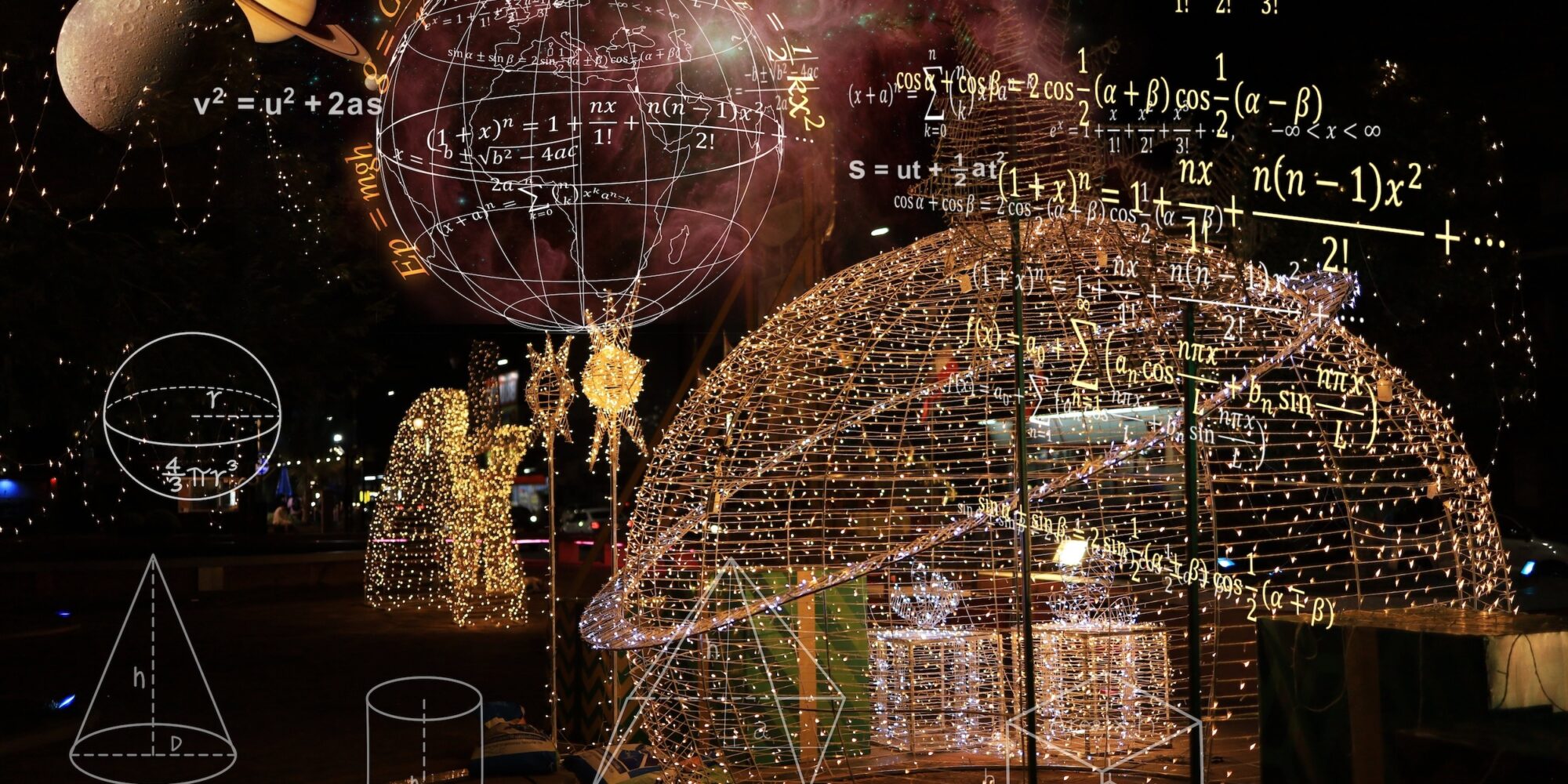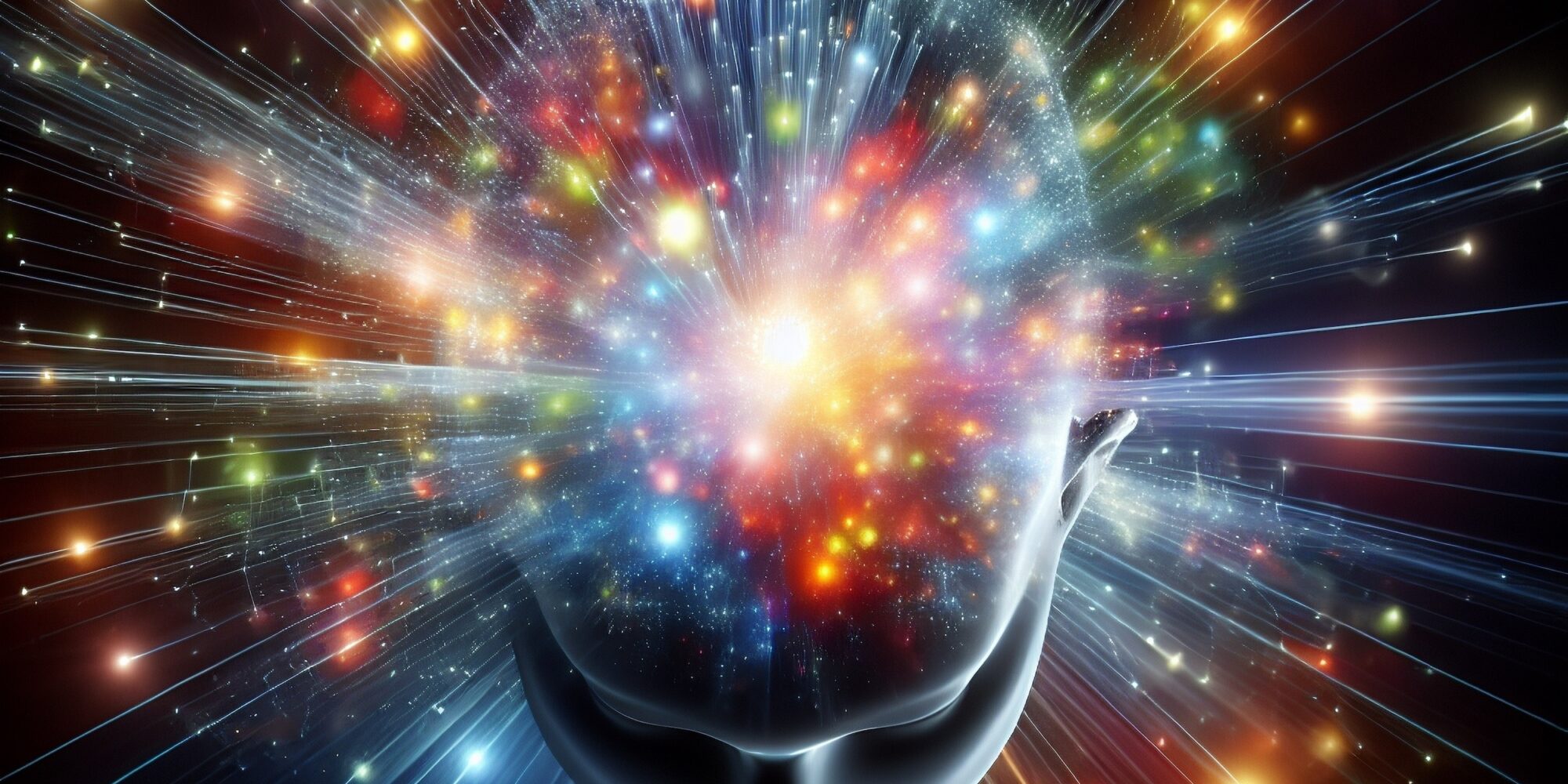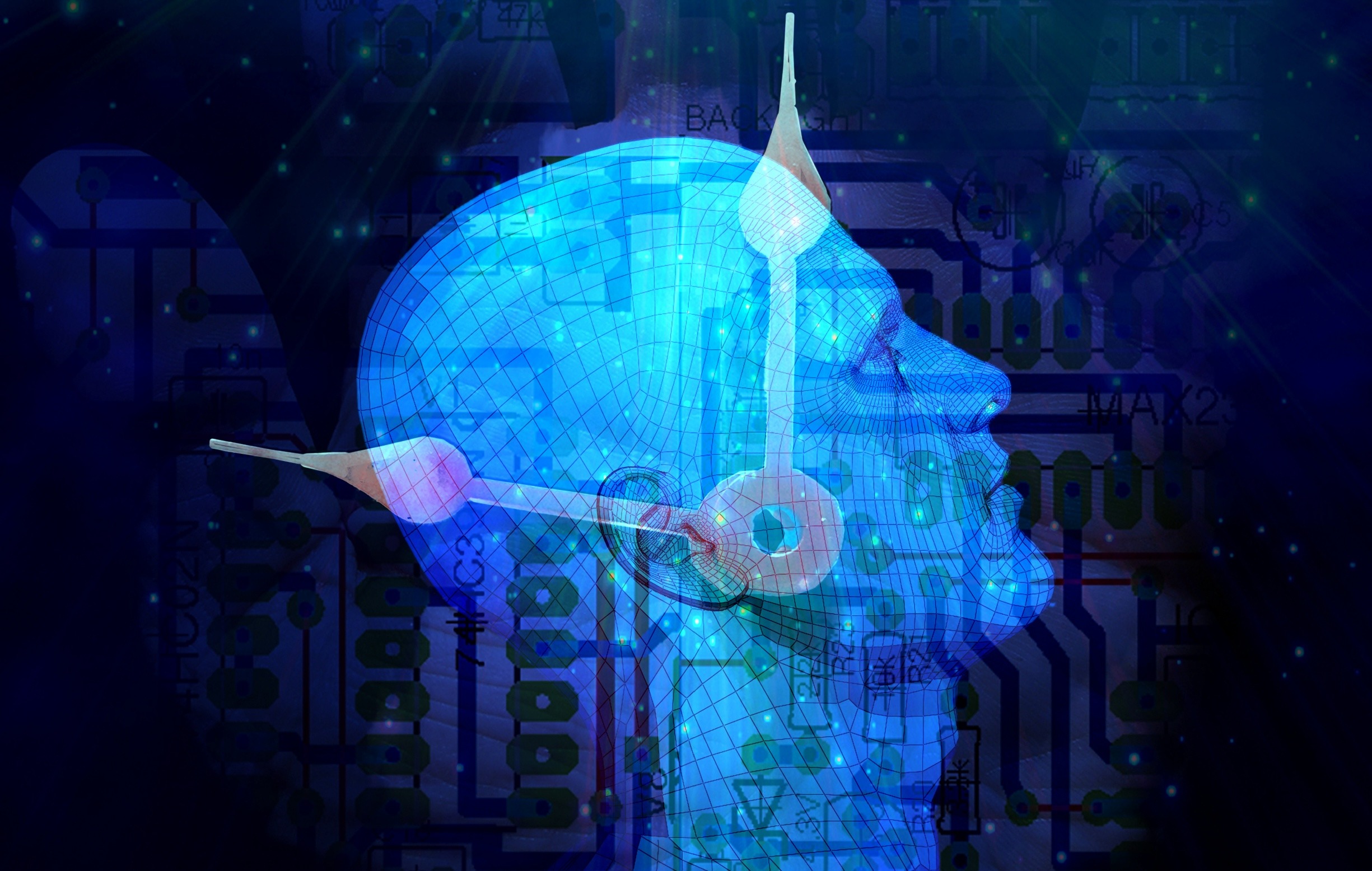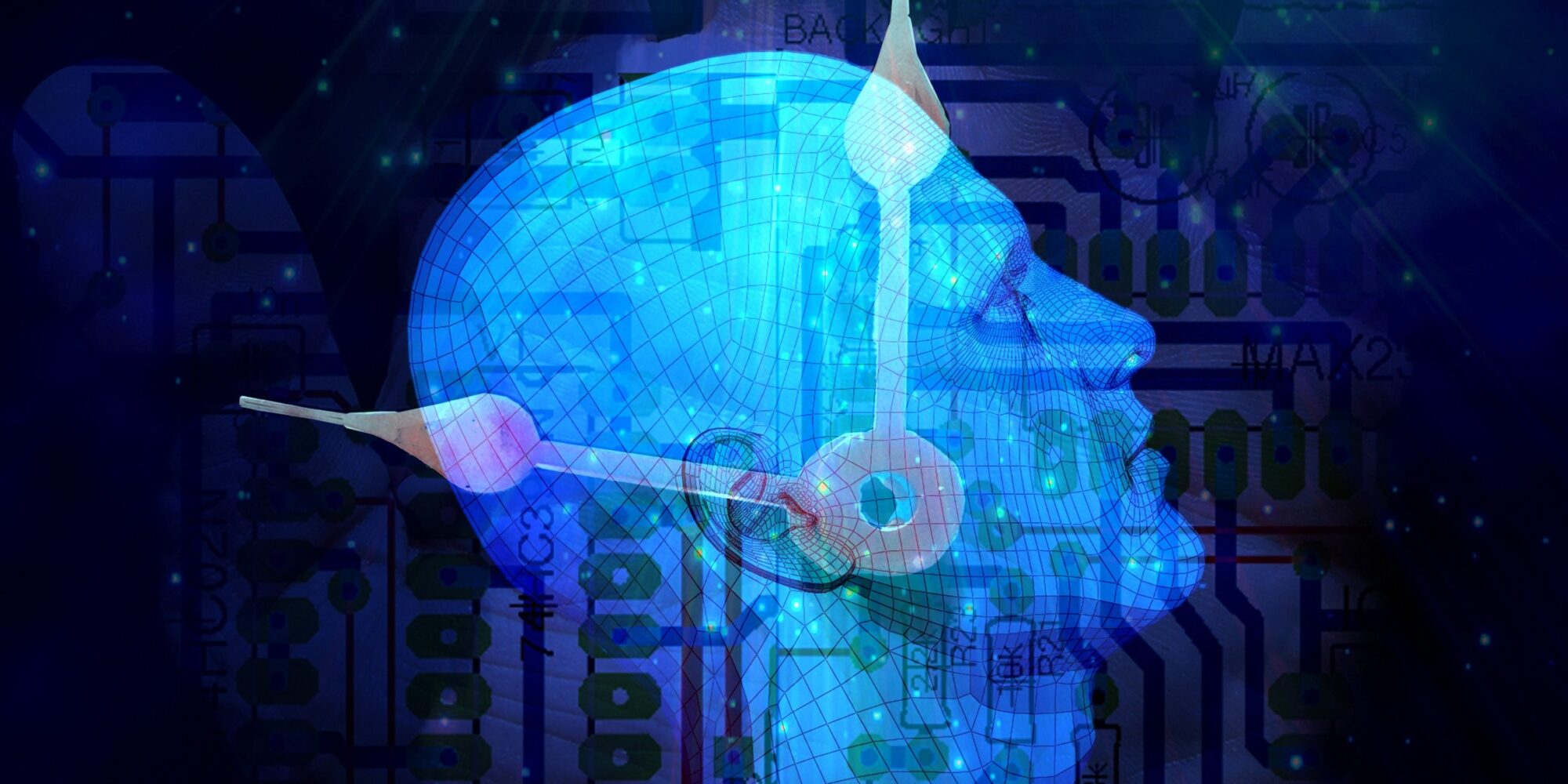Quantum fields are conscious, says the inventor of the microprocessor
Seeing | Metaphysics | 2025-01-31
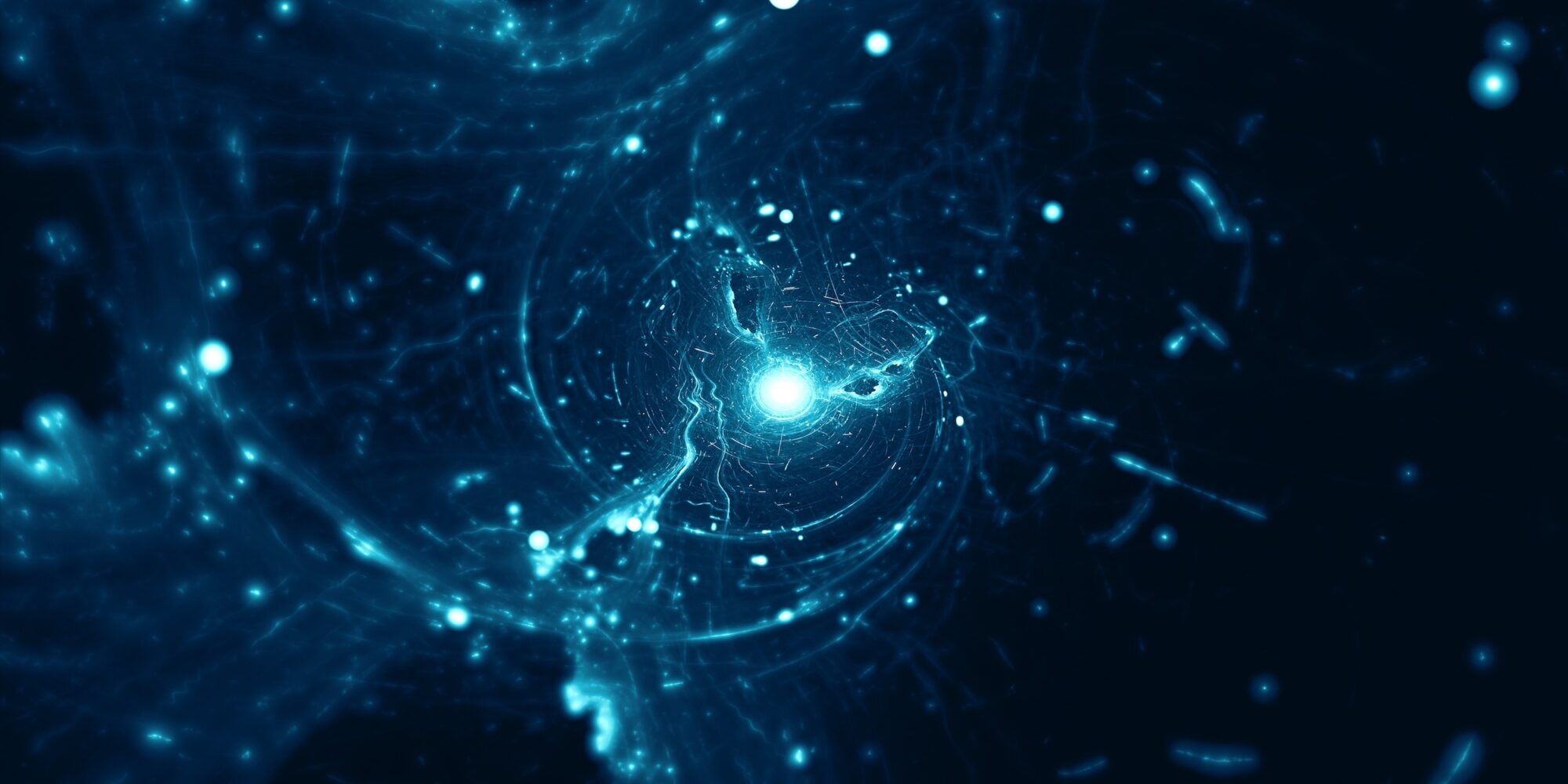
CPU inventor and physicist Federico Faggin, together with Prof. Giacomo Mauro D’Ariano, proposes that consciousness is not an emergent property of the brain, but a fundamental aspect of reality itself: quantum fields are conscious and have free will. In this theory, our physical body is a quantum-classical ‘machine,’ operated by free will decisions of quantum fields. Faggin calls the theory ‘Quantum Information Panpsychism’ (QIP) and claims that it can give us testable predictions in the near future. If the theory is correct, it not only will be the most accurate theory of consciousness, it will also solve mysteries around the interpretation of quantum mechanics.
“Hard Problem and Free Will: an information-theoretical approach,” Giacomo Mauro D’Ariano and Federico Faggin:
https://arxiv.org/pdf/2012.06580
Federico’s book “Irreducible: Consciousness, Life, Computers, and Human Nature” can be ordered here:
https://www.collectiveinkbooks.com/essentia-books/our-books/irreducible-consciousness-life-computers-human-nature
Our previous videos with Federico Faggin:
https://www.youtube.com/watch?v=ssE4h70qKWk
https://www.youtube.com/watch?v=0nOtLj8UYCw
https://www.youtube.com/watch?v=SVS3-NDUC0M
00:00 Intro 03:20 Federico’s Personal Experience
09:03 The New Theory: Biology vs Computers
21:05 What is a particle?
22:11 The Quantum vs the Classical world
33:48 Can we explain quantum mechanics in a materialist worldview?
36:48 Free will an illusion? Why do we ask this question?
40:32 Joining Science & Spirituality
45:19 Reflections on Donald Hoffmanns Theory
47:40 Will You Prove This?
51:04 Will Al Be Better Than Us?
54:10 Where Could This Theory Lead Us?
57:34 If We Are All One, How Does Seperation Work?
1:03:10 What Happens When We Die?
1:11:26 How Quantum Information Panpsychism Is Fundamentally Different Then Classical Panpsychism
1:13:07 Is there An End-Point To The Universe?
1:13:55 Why Is Space Expanding Exponentially?
1:15:41 Resonance & Purpose
